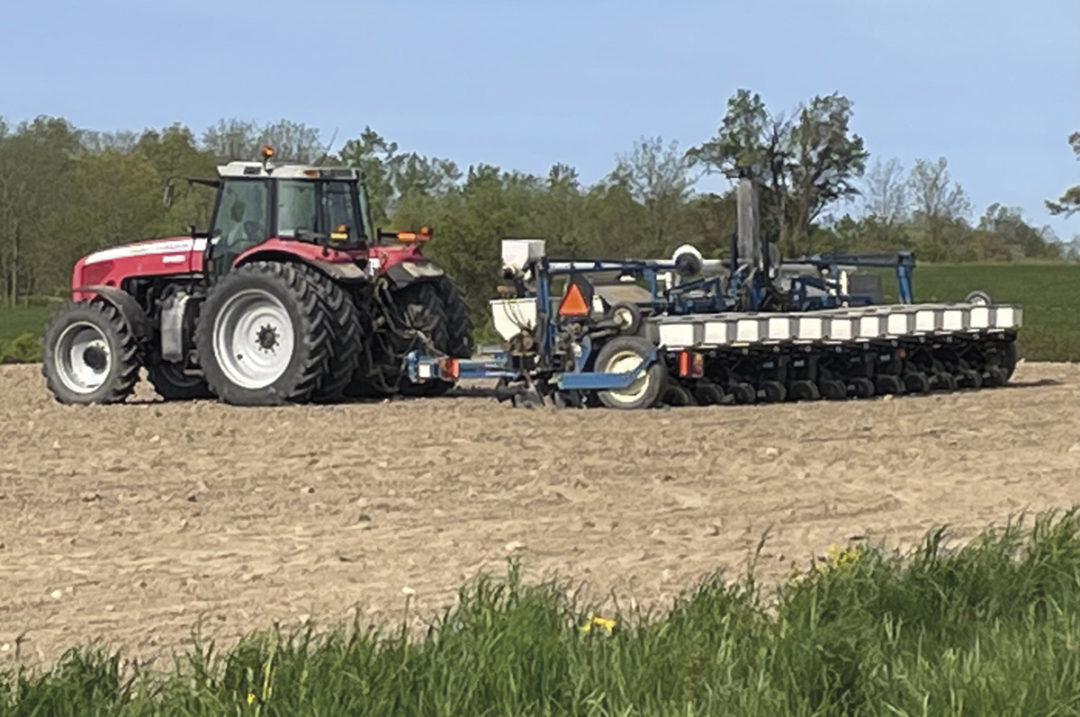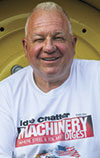Situation No. 1
You have a 2010 GMC 3500 pickup with a Duramax diesel and Allison automatic transmission. Your brother just picked up a 2010 Chevy Kodiak 4500 rack body truck for his seed business. It also has the Allison automatic. When listening to both vehicles idle at the same time, your pickup’s engine has a different sound than the Kodiak, even though they are both the same driveline. It appears that the Kodiak has a softer, quieter combustion event. You both run the same brand of diesel fuel. Confused, you ask around.
A: Farmer A says the Kodiak’s previous owner must have taken better care of his truck than you did. He always knew you were cheap!
B: Farmer B tells you the Kodiak is in a different EPA weight class, and the emissions control standards are not the same, and thus, the calibration of the fuel injection.
C: Farmer C thinks your engine has dirty injectors.
D: Farmer D told you that is why he buys Ford … GM can’t build two engines that sound the same!
Situation No. 2
The weather and ground conditions are perfect for you to use your new strip tillage tool and put some fertility down deep. You are excited to try the tillage equipment out on your heavy ground with a cation exchange capacity (CEC) of 18. Like a boy with a new toy, you could hardly sleep the night before. With it hooked up to the tractor, you get to the field you want to do first.
Once you put the lever down and the unit gets into the ground, the tractor starts to buck and misfire, lacking power. You stop, and the engine runs fine under no load. You had no issues driving to the field. You try again and the same thing happens. Grasping at straws, you call for the fuel truck to meet you in the field to fill up with diesel – the tank is reading half full on the tractor. The gallons needed to fill the tank prove the gauge is correct, and now the tractor pulls the unit fine. A few hours later, the same thing happens, and filling the tank cures it. What is going on?
A: Farmer A says there is a problem with the fuel pickup in the tank. The fuel is getting aerated.
B: Farmer B states you must have water in the tractor’s fuel tank.
C: Farmer C suggests that the fuel pump is going out.
D: Farmer D thinks the fuel filter is plugging.
Situation No. 3
You put new tires on your wife’s car. She claims that she now receives an electric shock when she steps out of it. It does not happen all the time, so she thought nothing of it. She was driving barefoot yesterday evening, and when she arrived back at the farm, she got out of the car without her shoes on. When her bare foot was near the ground, she got shocked, and she saw an arc from her toe to the soil. This never happened with the old tires. You think this is crazy, so you ask around.
A: Farmer A says he has heard of this happening before with women if they drive or ride in a vehicle without their shoes on. It is normal.
B: Farmer B tells you that two things are going on. The new tires are building a great deal of static electricity, and there is possibly a weak body-to-chassis ground in her car. When she wears shoes, she is insulated from the voltage.
C: Farmer C thinks the alternator is going bad.
D: Farmer D feels it is coming from a cellphone tower and says for her to keep her shoes on.
Answers
Situation No. 1: Farmer B is the engine guy! The EPA has different exhaust emissions standards for heavier vehicles that are usually less stringent. This allows the manufacturer to alter the calibration, which often changes the sound of the combustion event.
Situation No. 2: Farmer A is correct. The most likely cause is that the fuel pickup in the tank has an issue. At lower fuel levels, it is introducing air into the fuel, and the tractor runs poorly. The demand is less with a light load and, even though the air will still be in the fuel, the engine is just more forgiving.
Situation No. 3: Farmer B is correct. The new tires are building an excessive amount of static electricity due to their tread and compound design. Also, there may be a weak ground from the body to the frame or engine. The possible weak ground was there before the new tires were installed but allowed the static electricity to be dissipated.







